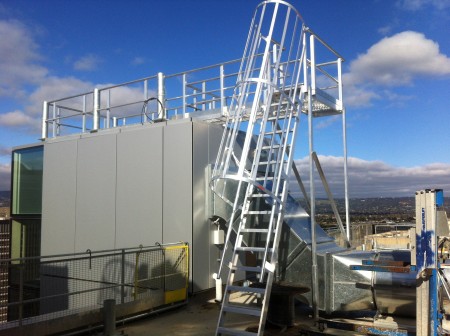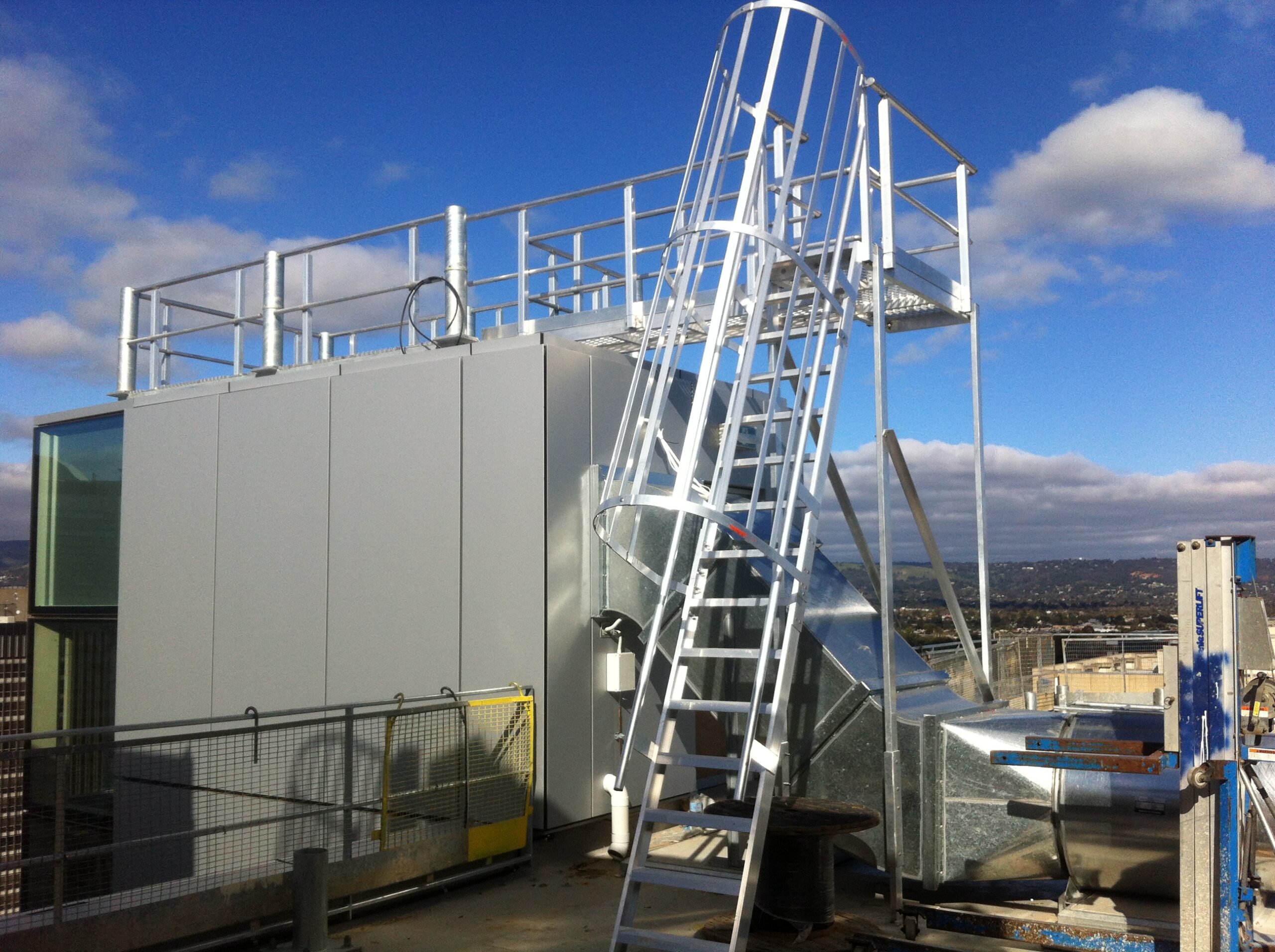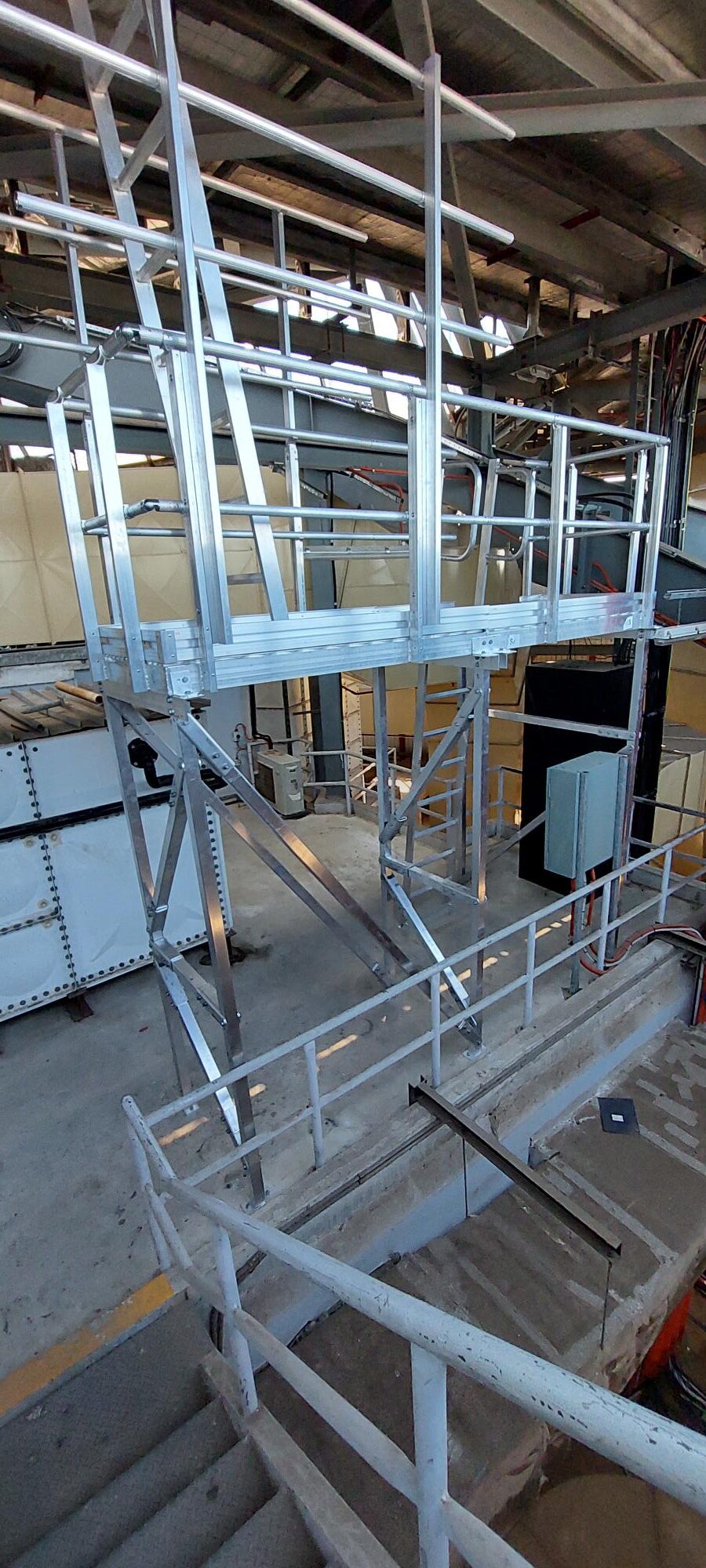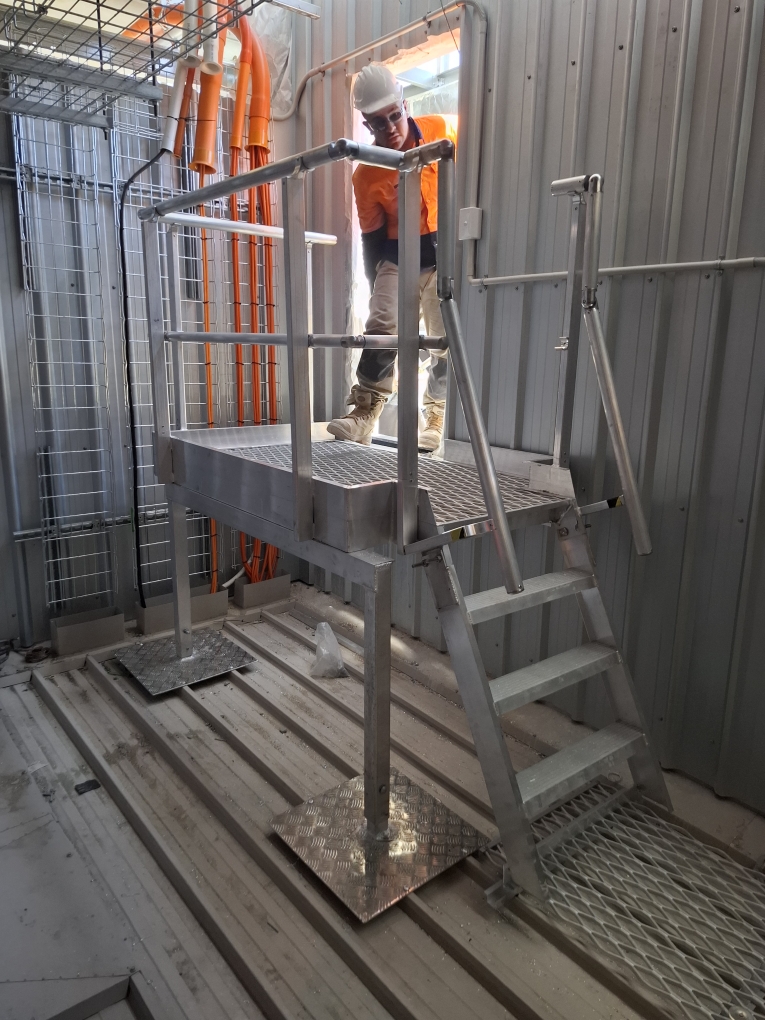 Height safety in Australia applies to workers across a wide array of industries, as well as DIY homeowners. Ladders are among the most used tools for access by all Australian workers, and many tradespeople in the building services own a ladder of some sort.
Height safety in Australia applies to workers across a wide array of industries, as well as DIY homeowners. Ladders are among the most used tools for access by all Australian workers, and many tradespeople in the building services own a ladder of some sort.
The safe and appropriate use of ladders is critical and it is a requirement for employers, managers, site supervisors, and workers themselves to manage the risks associated with the use of ladders.
Safe Work NSW alone investigates more than one hundred cases annually where a worker has fallen from a ladder and this has resulted in serious injury. The majority of these workplace accidents and incidents occur as a direct result of a ladder being used improperly or inappropriately.
Keep Workers Safe
Any worker using a ladder is at risk of falling. The most common ladder-related workplace incidents and accidents occur in the construction, retail, and building maintenance industries.
- Ladders should not be used as a first option. All workplace tasks that can be undertaken from the ground level should be: for example, clearing gutters on a single level building, washing windows, etc.
- When ladders must be used, they should only be used for simple access and only for very short periods.
- Consider safer access alternatives for working at height, such as scaffolding or elevated platforms (boom, knuckle boom, or scissor lift).
Is a Ladder Your Only Option?
If using a ladder is your only option, follow these safety guidelines at all times:
- Select the correct ladder for the job, in terms of specific application and load rating. Ladder types include:
-
- Fixed
- A-Frame
- Extension
- Platform
The platform ladder, if suitable, may be the safest option as it provides a flat surface to work from.
- Inspect your ladder before each use, checking for damage and deterioration.
- Ensure the capability of the worker to use the ladder – consider their age, general health, training, suitability for work, etc.
- Use the appropriate length of ladder for the situation. A fixed or extension ladder must extend at least 1 metre above the surface you will step off the ladder on to.
- Set the ladder on a flat, stable surface and, where possible, utilise safety devices such as stabilisers.
- A portable ladder must be positioned to follow 4 to 1 rule. Always set up the ladder at approximately 75 degrees, which is a 4-to-1 ratio of pitch. That means the base of the ladder should be set back one metre from a wall for every four metres of height.
- Extension ladders must be secured both at top and bottom to prevent slippage. The base should sit one metre from the support structure for every four metres of height of the extended ladder.
- Maintain the working load limits of the ladder in use – this includes the weight of the worker plus any materials or tools being carried.
- Maintain three points of contact with the ladder at all times – i.e. two hands and one foot, or two feet and one hand.
- Carry only small, light items on a ladder; never take heavy, large, or bulky materials up or down a ladder.
- Never lean away from or reach away from a ladder.
- A-Frame ladders must always be fully opened and locked when in use. Never straddle an A-Frame ladder.
- Whichever type of ladder you use, never work or climb past the second-highest rung.
- Face the ladder when climbing up or down, and step to the ground from the lowest rung.
RISSafety Working at Height and Roof Safety Systems
RISsafety is Australia’s leading height safety provider, providing everything from roof access and aluminium handrails to bespoke ladder systems. We design, test, and install customised height safety systems for applications across a wide range of industries.
Regardless of your unique requirements, we can develop a tailored roof safety system to suit your height safety and confined access needs.



